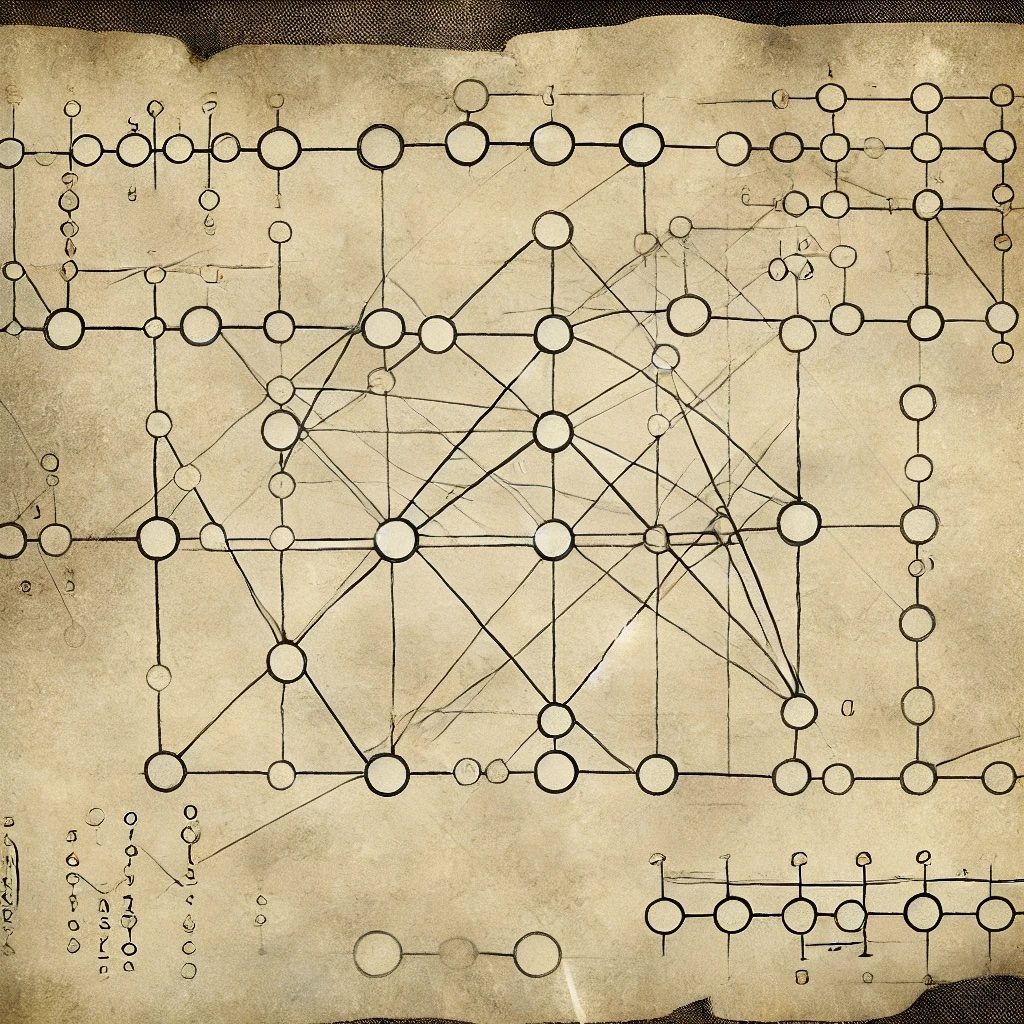Here we explore game-theoretic hypothesis testing for simple nulls vs simple alternatives. Suppose we observe random variables and are testing
for two distributions and . We want to design a payoff function such that
Assuming densities of and are well-defined (otherwise we can use Radon-Nikodym derivatives), note that this implies
so is a density, call it . Hence . So in order to maximize log wealth (see the principle of maximizing log-wealth), we want such that
for all distributions . It turns out that by Gibbs’ inequality, the optimal distribution to pick is simply . Therefore, our bet is the likelihood ratio
The corresponding wealth process therefore recovers the classical likelihood-ratio test (and is a sequentialized version of it, the sequential probability ratio test).
Note that this shows that the GRO (growth rate optimal) (see growth rate conditions in sequential testing) e-value for simple vs simple hypothesis testing is the likelihood ratio.
For composite nulls and/or alternatives see testing by betting—simple vs composite or testing by betting—composite vs composite.
